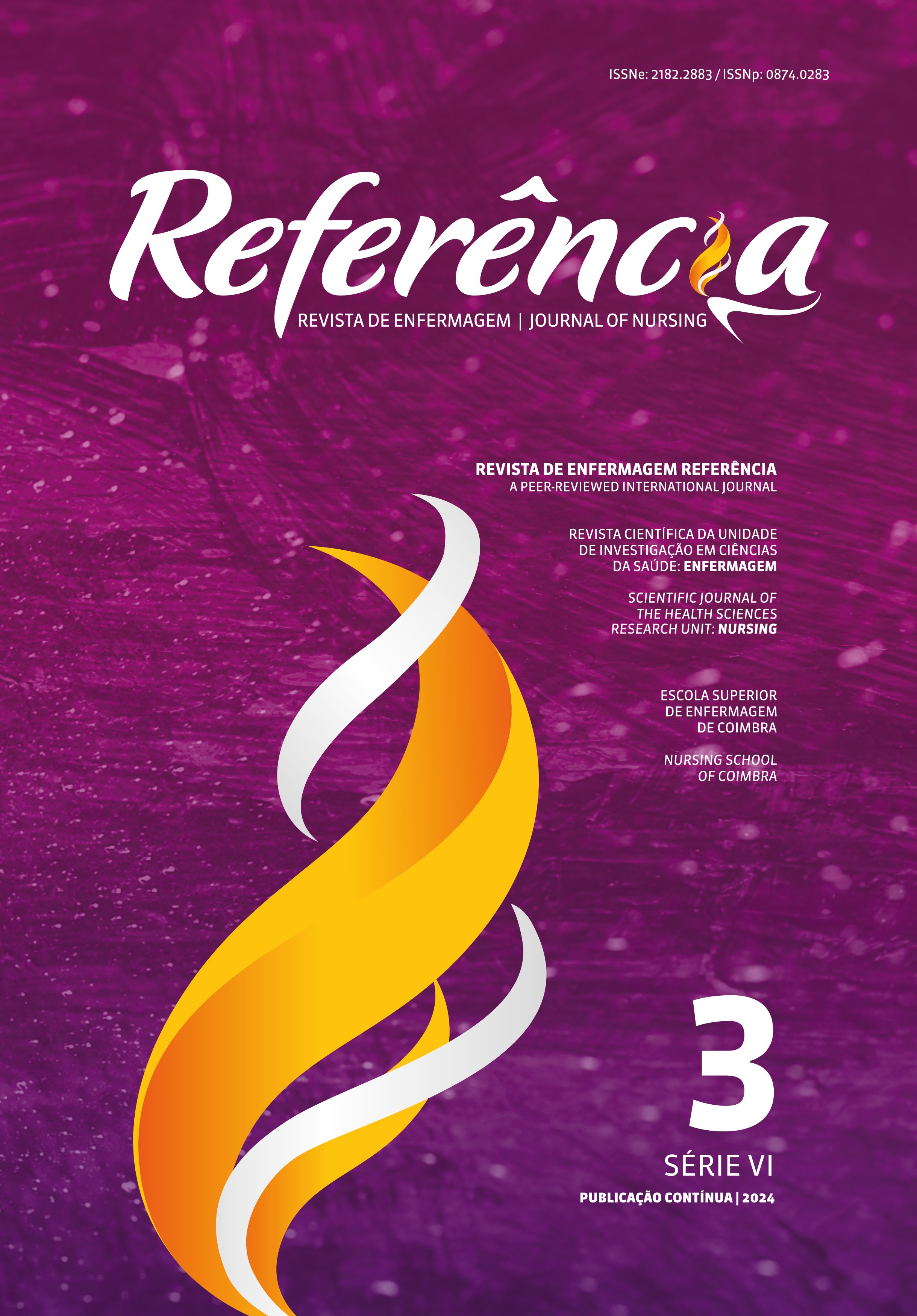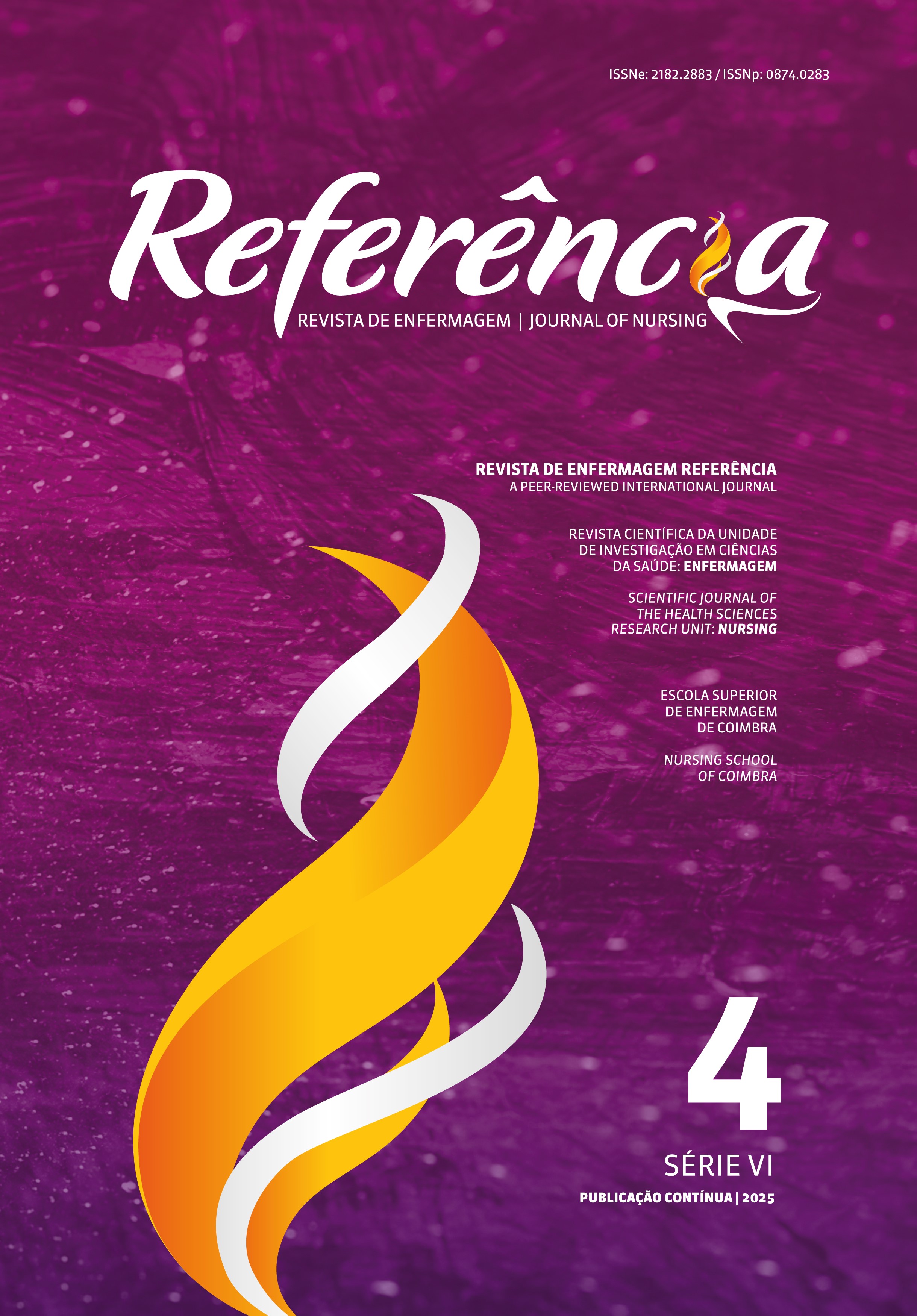Interruptions and distractions during the preparation and administration of high-risk medications: A cross-sectional study
DOI:
https://doi.org/10.12707/RVI23.83.31983Keywords:
hospitalization, intensive care units, medication errors, nursing, patient safetyAbstract
Background: Interruptions have been reported to contribute to clinical errors and procedural failures.
Objective: To analyze the interruptions experienced by nurses during the preparation and administration of high-risk medications.
Methodology: A cross-sectional study was conducted in an intensive care and inpatient unit. The interruptions experienced by nurses during the medication process were observed through two checklists. The sample was selected by convenience in April-May 2019. Descriptive statistics was used to analyze quantitative data in IBM SPSS Statistics software, version 24.0, while content analysis was used to analyze qualitative data.
Results: In 193 medication processes, there were 137 interruptions. Other members of the healthcare team initiated most interruptions through conversations. These interruptions were mostly negative and occurred during the preparation phase. The multitasking strategy was used to manage them.
Conclusion: Interruptions during the medication process were primarily associated with professional and social communications. The impact of these interruptions varied depending on the phase of the process.
Downloads
References
Bardin, L. (2010). Análisis de contenido (4ª ed.). Ediciones Akal. Bower, R., Jackson, C., & Manning, J. C. (2015). Interruptions and medication administration in critical care. Nursing in Critical Care, 20(4), 183–195. https://doi.org/10.1111/nicc.12185
Brixey, J., Robinson, D., Johnson, G., Johnson, T., Turkey, J., & Zhang, J. (2007). A concept analysis of the phenomenon of interruption. Advances in Nursing Science, 30(1), 26–42. https://doi.org/10.1097/00012272-200701000-00012
Capasso, V., & Johnson, M. (2012). Improving the medicine administration. Journal of Healthcare Management, 57(6), 384–391. https://www.proquest.com/openview/f42d876c9b9e5f-2353176d032898427a/1?pq-origsite=gscholar&cbl=7080
Cohen, M. R. (2007). Medication errors (2nd ed.). American Pharmacists Association.
Craker, N. C., Myers, R. A., Eid, J., Parikh, P., McCarthy, M. C., Zink, K., & Parikh, P. J. (2017). Nursing interruptions in a trauma intensive care unit: A prospective observational study. Journal of Nursing Administration, 47(4), 205–211. https://doi.org/10.1097/NNA.0000000000000466
Donaldson, N., Aydin, C., Fridman, M., & Foley, M. (2014). Improving medication administration safety: Using naive observation to assess practice and guide improvements in process and outcomes. Journal for Healthcare Quality, 36(6), 58–68. https://doi.org/10.1111/jhq.12090
Duruk, N., Zencir, G., & Eser, I. (2016). Interruption of the medication preparation process and an examination of factors causing interruptions. Journal of Nursing Management, 24(3), 376–383. https://doi.org/10.1111/jonm.12331
Einstein, G. O., McDaniel, M. A., Williford, C. L., Pagan, J. L., & Dismukes, R. K. (2003). Forgetting of intentions in demanding situations is rapid. Journal of Experimental Psychology: Applied, 9(3), 147–162. https://doi.org/10.1037/1076-898X.9.3.147
Elfering, A., Grebner, S., & Ebener, C. (2015). Workflow interruptions, cognitive failure and near-accidents in health care. Psychology, Health and Medicine, 20(2), 139–147. https://doi.org/10.1080/13548506.2014.913796
Gaitan Gómez, O. L., Bueno-Robles, L. S., & Pape, T. (2022). Medication administration distraction observation sheet checklist: Cultural adaptation and validation into spanish. Revista CuidArte, 11(22), 6–19. https://doi.org/10.22201/fesi.23958979e.2022.11.22.80074
Hayes, C., Jackson, D., Davidson, P. M., & Power, T. (2015). Medication errors in hospitals: A literature review of disruptions to nursing practice during medication administration. Journal of Clinical Nursing, 24(21-22), 3063–3076. https://doi.org/10.1111/jocn.12944
Instituto para el Uso Seguro de los Medicamentos. (2012). Medicamentos de alto riesgo. https://bit.ly/39ho7T2
Johnson, M., Sanchez, P., Langdon, R., Manias, E., Levett-Jones, T., Weidemann, G., Aguilar, V., & Everett, B. (2017). The impact of interruptions on medication errors in hospitals: An observational study of nurses. Journal of Nursing Management, 25(7), 498–507. https://doi.org/10.1111/jonm.12486
Johnson, M., Weidemann, G., Adams, R., Manias, E., Levett-Jones, T., Aguilar, V., & Everett, B. (2017). Predictability of interrup tions during medication administration with related behavioral management strategies. Journal of Nursing Care Quality, 33(2), e1-e9. https://doi.org/10.1097/NCQ.0000000000000260
Kane-Gill, S., Jacobi, J., & Rothschild, J. (2010). Adverse drug events in intensive care units: risk factors, impact and the role of team care. Critical Care Medicine, 38(6 suppl), S83–S89. https://doi.org/10.1097/CCM.0b013e3181dd8364
Kohn, L., Corrigan, J., & Donaldson, M. (1999). To err is human: Building a safer health system. Epidemiology & Infection, 126(1), 157. https://doi.org/10.1017/S095026880100509X
Pape, T. (2003). Applying airline safety practices to medication administration. Medsurg Nursing, 12(2), 77–93. https://interruptions.net/literature/Pape-MEDSURG_Nursing03.pdf
Prates, D. O., & Silva, A. E. (2016). Interruptions of activities experienced by nursing professionals in an intensive care unit. Revista Latino-Americana de Enfermagem, 24, 1–9. https://doi.org/10.1590/1518-8345.0997.2802
Rivera-Rodriguez, A. J., & Karsh, B. T. (2012). Interruptions and
distractions in healthcare: Review and reappraisal. Quality & Safety in Health Care, 19(4), 304–312. https://doi.org/10.1136/qshc.2009.033282
Thurayya, E., Sabo, M., & Rehan, E. (2022). Interruptions during medication work in a Saudi Arabian hospital: An observational and interview study of nurses. Journal of Nursing Scholarship, 54(5), 639-647. https://doi.org/10.1111/jnu.12765
Tucker, A. L. (2004). The impact of operational failures on hospital nurses and their patients. Journal of Operations Management, 22(2), 151-169. https://doi.org/10.1016/j.jom.2003.12.006
Tyynismaa, L., Honkala, A., Airaksinen, M., Shermock, K., & Lehtonen, L. (2017). Identifying high-alert medications in a university hospital by applying data from the medication error reporting system. Journal of Patient Safety, 17(6), 417-424. https://doi.org/10.1097/PTS.0000000000000388
Westbrook, J. I., Woods, A., Rob, M. I., Dunsmuir, W. T., & Day, R. (2010). Association of interruptions with an increased risk and severity of medication administration errors. Archives of Internal Medicine, 170(8), 690–692. https://doi.org/10.1001/archinternmed.2010.65






